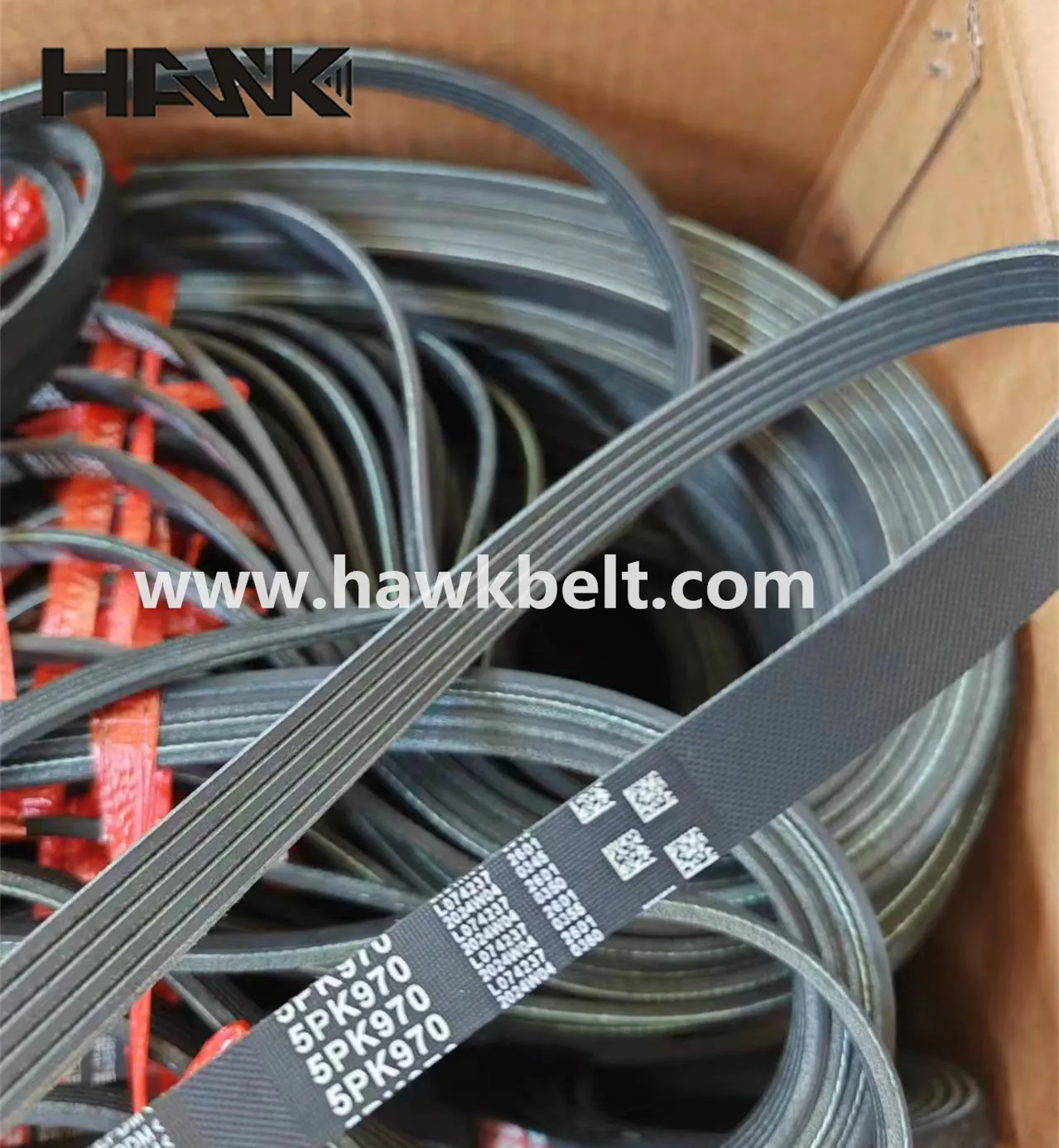- Arabic
- French
- Russian
- Spanish
- Portuguese
- Turkish
- Armenian
- English
- Albanian
- Amharic
- Azerbaijani
- Basque
- Belarusian
- Bengali
- Bosnian
- Bulgarian
- Catalan
- Cebuano
- Corsican
- Croatian
- Czech
- Danish
- Dutch
- Afrikaans
- Esperanto
- Estonian
- Finnish
- Frisian
- Galician
- Georgian
- German
- Greek
- Gujarati
- Haitian Creole
- hausa
- hawaiian
- Hebrew
- Hindi
- Miao
- Hungarian
- Icelandic
- igbo
- Indonesian
- irish
- Italian
- Japanese
- Javanese
- Kannada
- kazakh
- Khmer
- Rwandese
- Korean
- Kurdish
- Kyrgyz
- Lao
- Latin
- Latvian
- Lithuanian
- Luxembourgish
- Macedonian
- Malgashi
- Malay
- Malayalam
- Maltese
- Maori
- Marathi
- Mongolian
- Myanmar
- Nepali
- Norwegian
- Norwegian
- Occitan
- Pashto
- Persian
- Polish
- Punjabi
- Romanian
- Samoan
- Scottish Gaelic
- Serbian
- Sesotho
- Shona
- Sindhi
- Sinhala
- Slovak
- Slovenian
- Somali
- Sundanese
- Swahili
- Swedish
- Tagalog
- Tajik
- Tamil
- Tatar
- Telugu
- Thai
- Turkmen
- Ukrainian
- Urdu
- Uighur
- Uzbek
- Vietnamese
- Welsh
- Bantu
- Yiddish
- Yoruba
- Zulu
Dec . 10, 2024 23:59 Back to list
Selecting the Best Materials for Flat Belt Applications in Various Industries
The Importance of Flat Belt Material in Industrial Applications
Flat belts play a crucial role in various industrial applications by facilitating the efficient transfer of power and motion between different machines and processes. The material used in the manufacturing of flat belts is key to their performance, durability, and suitability for specific applications. This article will delve into the characteristics, types, and advancements in flat belt materials, highlighting their significance in modern industry.
Characteristics of Flat Belt Materials
Flat belts must possess certain physical and chemical properties to ensure efficient operation. These include
1. Strength and Durability The material should withstand significant tensile forces and wear over time. This is particularly important in environments where heavy loads are common.
2. Flexibility A good flat belt material should exhibit excellent flexibility to navigate around pulleys without cracking or breaking.
3. Friction Coefficient The ability of the belt material to maintain high friction against the surfaces of pulleys is essential for effective power transmission. The right balance ensures that the belt does not slip while providing the necessary grip.
4. Temperature Resistance Depending on the application, flat belts may be exposed to a range of temperatures. Materials that can maintain their performance characteristics under both high and low temperatures are preferred.
5. Chemical Resistance In many industrial settings, belts may come into contact with oils, chemicals, or other potentially damaging substances. Select materials that resist corrosion and degradation are necessary for longevity.
Types of Flat Belt Materials
Various materials used for flat belts can be selected based on the specific requirements of an application. The most common types include
flat belt material

1. Rubber Rubber belts are known for their excellent grip, flexibility, and durability. They are widely used in industries that require high friction and resilience.
2. Polyurethane This material offers outstanding abrasion resistance and is often used in environments where belts are subjected to harsh conditions. Polyurethane flat belts excel in power transmission and conveyor applications.
3. Leather Historically, leather was a popular choice for flat belts. While less common today, leather belts are still used in specific applications due to their natural properties and ability to stretch without breaking.
4. Fabric-reinforced Materials These belts combine layers of fabric with rubber or synthetic materials to enhance strength and flexibility. They are commonly used where heavy dynamic loads are present.
5. Composite Materials Advances in material technology have led to the development of composite belts that integrate the beneficial properties of different materials to achieve superior performance.
Advancements in Belt Material Technology
Recent technological advancements have led to significant improvements in flat belt materials. Innovations in polymer chemistry have resulted in high-performance materials that demonstrate enhanced durability, reduced friction, and lower wear rates. Additionally, the introduction of smart materials, which can adapt their properties based on environmental conditions, offers exciting possibilities for the future of flat belts.
Incorporating materials with anti-static properties is another area of development, particularly important in industries such as electronics, where static electricity can damage sensitive components.
Conclusion
The selection of suitable flat belt material is vital for optimizing industrial processes. With a variety of materials available, each with its distinct advantages, industries can choose the right type to meet their operational needs. As technology continues to advance, the potential for even more efficient and specialized flat belt materials will undoubtedly enhance industrial productivity and reliability in the years to come. Investing in quality flat belts made from superior materials is essential for businesses looking to improve performance and reduce maintenance costs.
-
Precise Timing Belt Operation: Function & FAQ Guide
NewsAug.10,2025
-
Precision Double-Sided Toothed Endless Flat Drive Belts
NewsAug.09,2025
-
Durable Tooth Belts: Precision Power for Poly V Belt Drives
NewsAug.08,2025
-
Reliable Diesel Engine Belts & Tensioners for Optimal Performance
NewsAug.07,2025
-
23100-KVB-901 Drive Belt for Honda VARIO | OEM Performance
NewsAug.06,2025
-
Variable Belt Drive AI Optimized for Efficiency
NewsAug.05,2025

